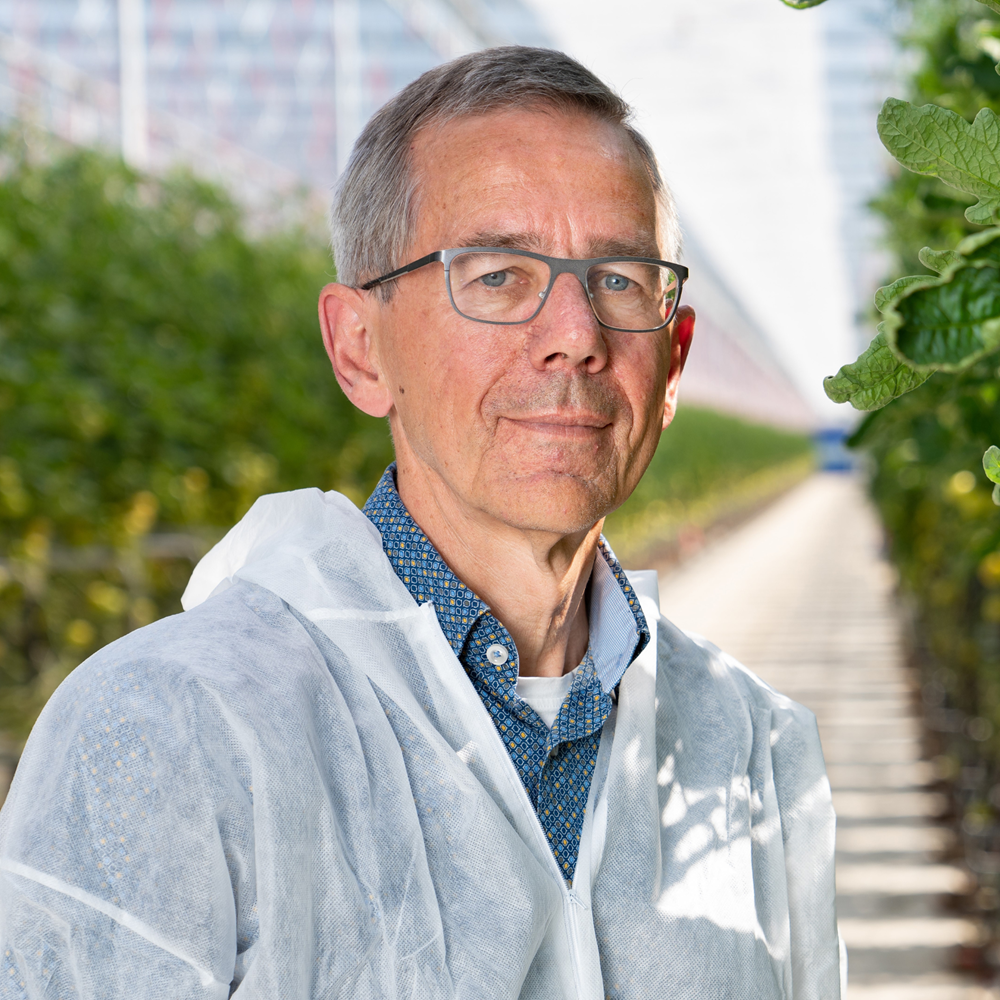Without using the world-leading “NEN” test of light transmission, growers are missing out on more light and saying no to increased revenue, says Svensson Climate Consultant, Hugo Plaisier.
Since the introduction of NEN 2675+C1 in November 2018, growers, greenhouse builders, installers, and consultants are able to compare the performance of greenhouse cover and screen materials in a much more appropriate way.
Yet often they don’t, says Hugo Plaisier.
“A lot of money is invested in purchasing the most translucent greenhouse roof,” he says, "but when it comes to the light transmission of their greenhouse energy screens, the questions are often not asked.”
Plaisier says it’s still something that he finds hard to believe. It has made him man with a mission — to share the standard developed at the Dutch NEN standards institute, with the help of scientific researchers at Wageningen University.
The introduction of the NEN 2675+C1 standard means screens can be compared with each other on a like for like basis. The testing involved compares their ability to take light shining on the greenhouse roof from a variety of angles and diffuse this light to the plant canopy below.
“We're very happy about this, because for Svensson it provides objective performance figures,” says Plaisier. "We publish the results of tests on Svensson screens on our website and include it in other documentation materials.”
When the new NEN standard was introduced, he admits he hoped all the manufacturers would share with the public how their screens scored: “They tend instead to publish results according to their own testing methodologies,” he frowns. “But if I buy an electric car, I look for an official range number, not each manufacturer’s figures. That would be like comparing apples with oranges,” he says.

Hugo Plaisier, Greenhouse Climate Consultant at Svensson
A standard of testing specially for horticulture
Plaisier says it’s not just that he as a member of the Svensson climate team he would like to spread the word about a test that’s ranked Svensson in the top spot. He believes that it’s important for the sector as a whole to have an independent test that is appropriate to the requirements of the horticultural industry.
“Those of our customers who have worked over the years to really understand the needs of the crop know how important it is to deliver sufficient light to the full canopy,” he says.
Plaisier says that earlier light transmission tests were based on the knowledge (including sometimes a lack of it) that was available at that time: “Everybody used, and sometimes still uses, the method that suits them best,” he adds.
“That makes meaningful comparison impossible,” he says, “and the tests were for light hitting a piece of glass or plastic at exactly 90 degrees,” he explains.
“Here we are interested in a source of light we call the sun which starts the day at roughly a 1 degree angle, travels across the sky all day long and then is at 180 degrees as it disappears from view.”
Added to the sun’s journey during a day is the fact that clouds may scatter incoming light, so measuring the transmission of this indirect light is also critical.
Overall, his call is to read the fine print before purchasing a shade cloth.
“I’d really love if growers would ask their supplier for the NEN figure for their screen – the 2675+C1,” he says. “If you don't, you're probably missing out on money. The higher the light transmission, the better the growth, so there is money to be made with that”.
